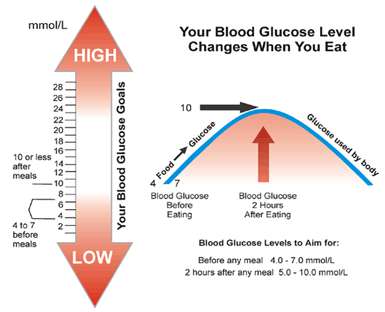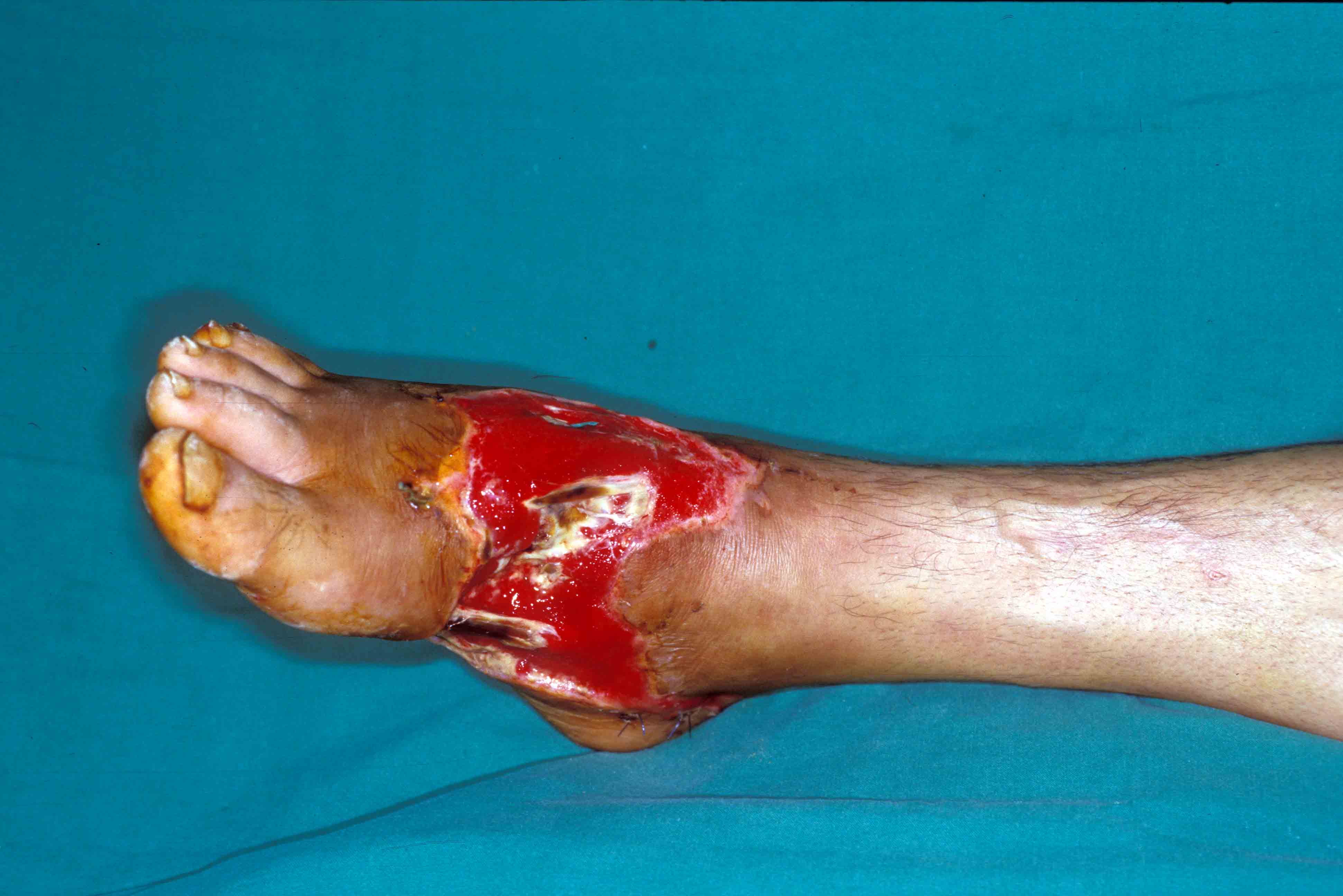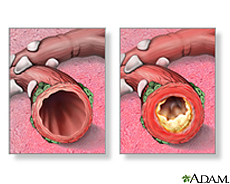Types of Joints
A joint is the location at which two or more bones make contact. They allow movement and provide mechanical support. Joints can be classified on the basis of the degree of movement they allow.
Immoveable (fixed) joints: Such joints allow no movement e.g. the joints between the skull bones.
Slightly moveable joints: Such joints allow slightly movement e.g. the joints between vertebrae.
Moveable joints: They allow a variety of movements e.g. shoulder, hip, elbow and knee joint etc.there are many types of moveable joints in body. The main types are hinge joints and ball-and-socket joints. Hinge joints move back and forth like the hinge on door and allow movements in one plane only. The knee and elbow are hinge joints. Ball-and-socket joints allow movement in all direction. The hip and shoulder joints are ball-and-socket joints.
A joint is the location at which two or more bones make contact. They allow movement and provide mechanical support. Joints can be classified on the basis of the degree of movement they allow.
Immoveable (fixed) joints: Such joints allow no movement e.g. the joints between the skull bones.
Slightly moveable joints: Such joints allow slightly movement e.g. the joints between vertebrae.
Moveable joints: They allow a variety of movements e.g. shoulder, hip, elbow and knee joint etc.there are many types of moveable joints in body. The main types are hinge joints and ball-and-socket joints. Hinge joints move back and forth like the hinge on door and allow movements in one plane only. The knee and elbow are hinge joints. Ball-and-socket joints allow movement in all direction. The hip and shoulder joints are ball-and-socket joints.
Role tendons and ligaments:
Tendons and ligaments are bands of connective tissue. Tendons are tough bands and attach muscles to bones. When a muscle contract tendon exerts pulling force on the attached bone, which moves as a result. Ligaments are strong but flexible bands and join one another at joints. They prevent dislocation of bones at joint.

























